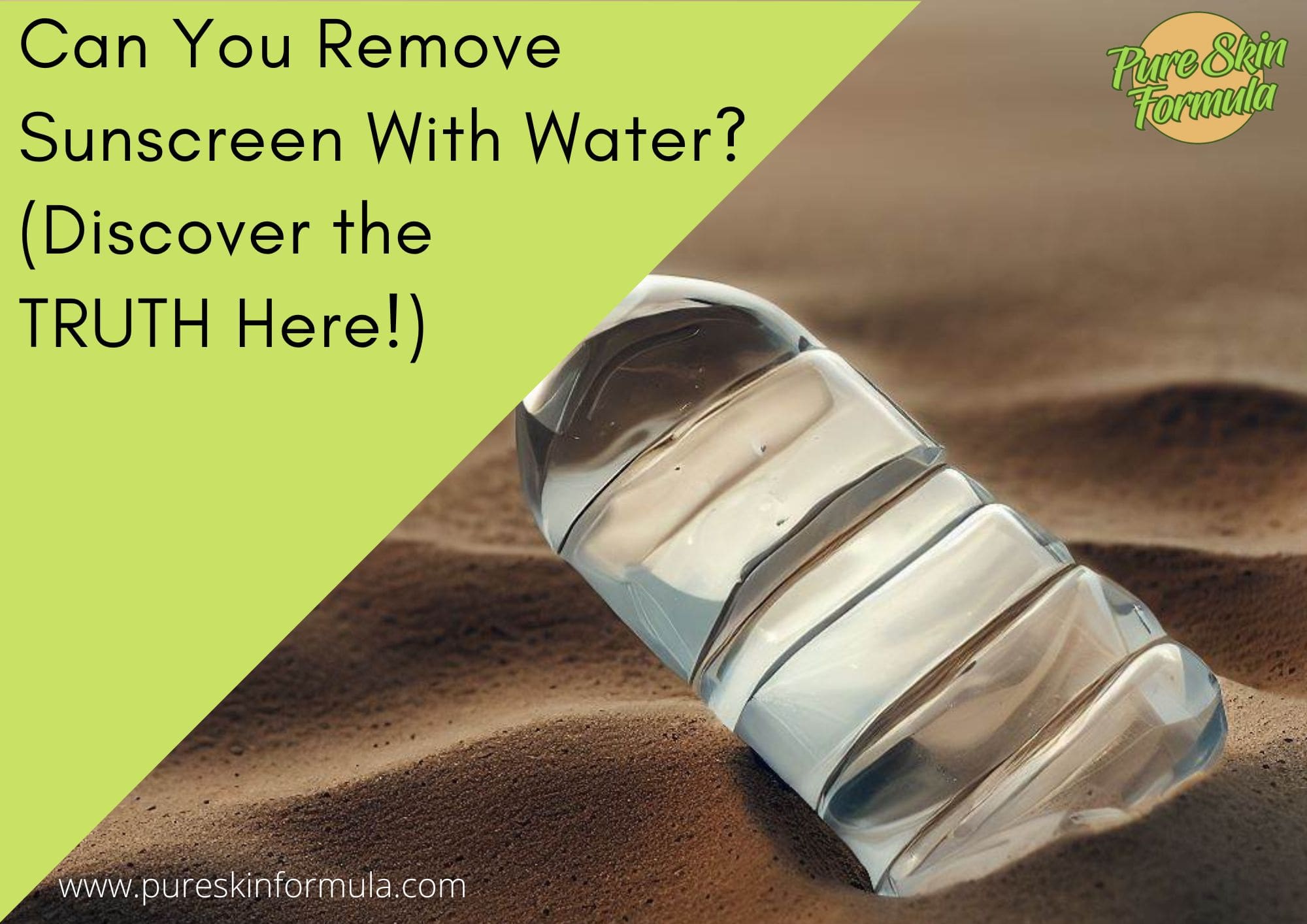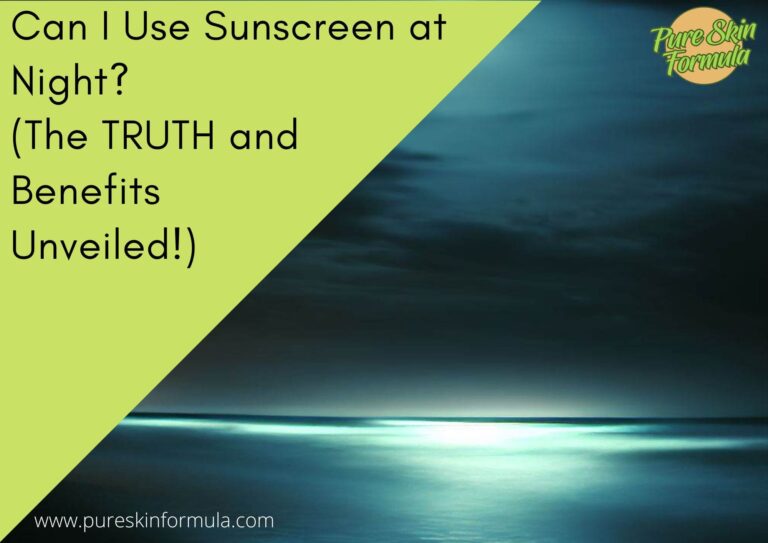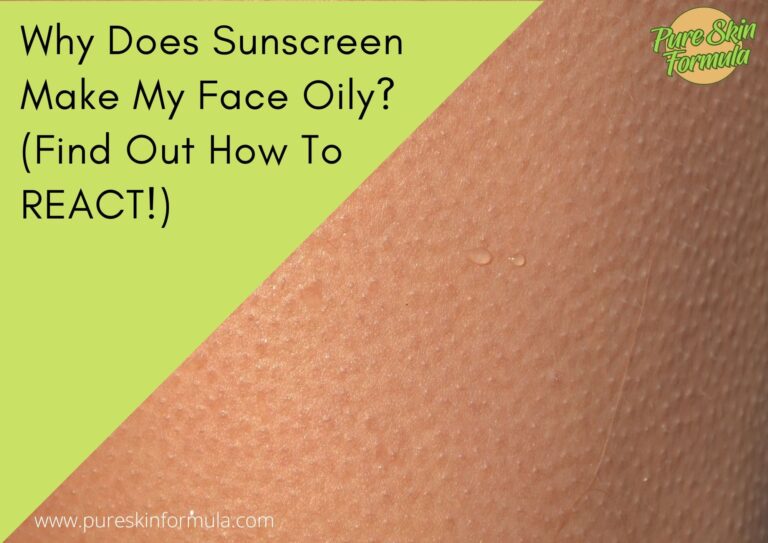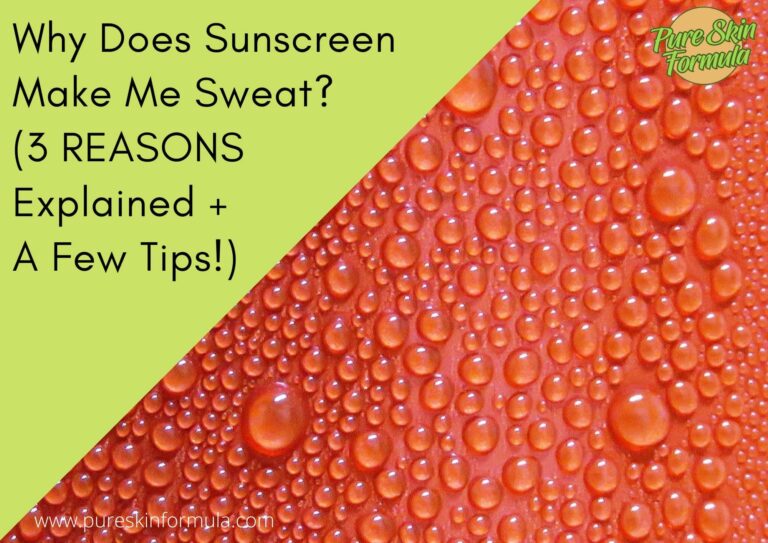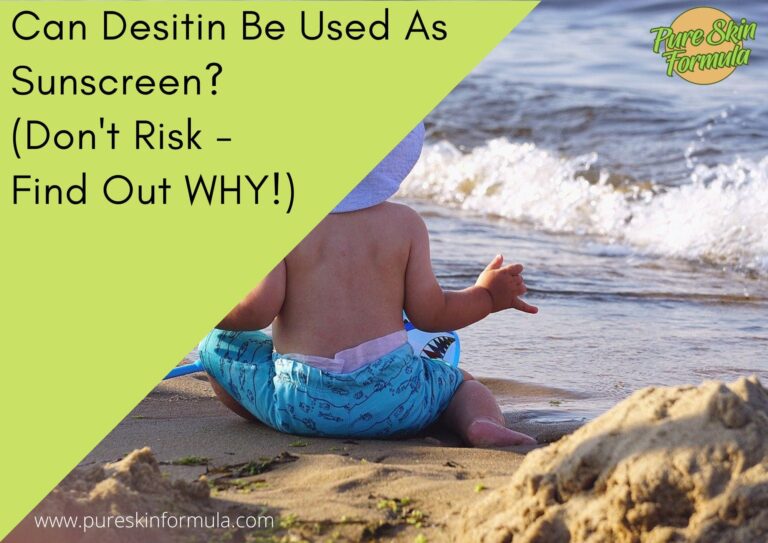Picture this: you spend hours applying sunscreen diligently, protecting your precious skin from the sun’s harmful rays. But wait, there’s more to the story. You have to uncover the magic of proper sunscreen removal. See, here’s the deal.
Water alone is not enough to bid farewell to that sunscreen shield. We need effective techniques to remove every last trace, allowing your skin to breathe and thrive.
So, my fellow seekers of truth and guardians of skin health, let’s embark on this journey together. Prepare to challenge the misconceptions, unveil the facts, and embrace the path of proper sunscreen removal.
Can you remove sunscreen with water?
Water alone is not sufficient to altogether remove sunscreen from the skin. While it can help to some extent, sunscreen is designed to be water-resistant and adhere to the skin even when exposed to water.
Sunscreen contains active ingredients that create a protective barrier, which helps shield the skin from harmful UV rays. These ingredients are not readily soluble in water, making it difficult for water alone to remove them effectively.
To ensure thorough removal of sunscreen, it is crucial to use proper cleansing techniques. This involves using an oil-based cleanser or micellar water to break down the sunscreen, gently massage the skin, and rinsing with lukewarm water.
Double cleansing can also be beneficial for thorough removal. It is important to avoid harsh cleansers or vigorous scrubbing, as they can irritate the skin.
Let’s go into detail.
What is the role of water in sunscreen removal?
Many people believe that a quick splash of water is all it takes to bid farewell sunscreen, but unfortunately, that’s not the case. Sunscreen is designed to be long-lasting and resistant to water, so relying solely on water for removal won’t do the trick.
The type of sunscreen you use affects how easily it can be removed with water. Physical sunscreens containing minerals like zinc oxide and titanium dioxide create a physical barrier on the skin’s surface.
These sunscreens tend to be more challenging to remove, requiring thorough cleansing methods. On the other hand, chemical sunscreens contain ingredients that penetrate the skin, making them a bit easier to wash away.
Believe it or not, your water temperature can impact sunscreen removal. Hot water may seem like a good idea to melt away sunscreen, but it can strip the skin of its natural oils and cause dryness. Lukewarm water is a safer bet as it helps loosen the sunscreen without causing unnecessary damage to your skin.
Does sunscreen formulation matter (water-resistant vs. non-water-resistant)?
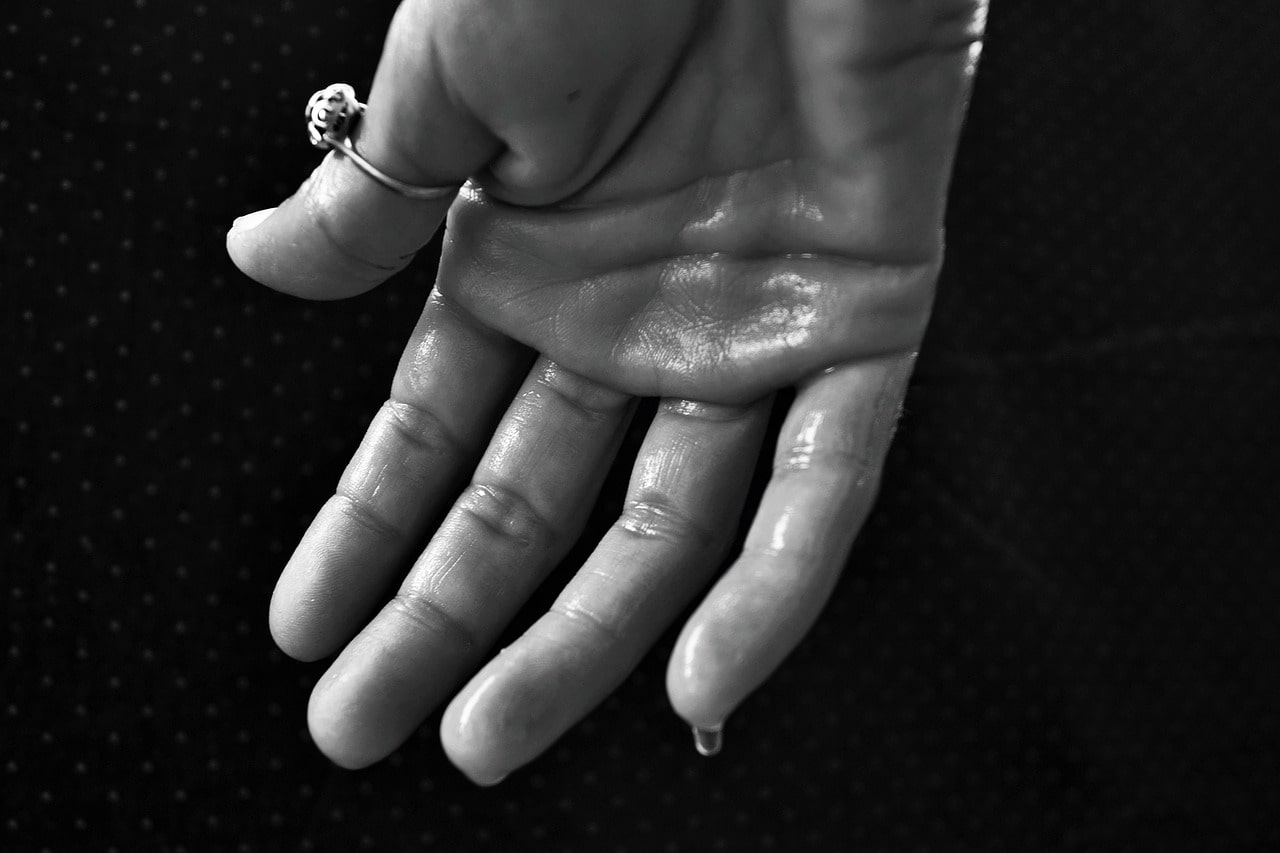
Another factor to consider is the formulation of your sunscreen. Some sunscreens are labeled as water-resistant, which means they are designed to remain effective even when in contact with water, sweat, or humidity.
These sunscreens have enhanced staying power and require more than just water to remove. On the other hand, non-water-resistant sunscreens may be easier to wash away with water, but it’s still essential to follow proper cleansing methods for complete removal.
What sunscreen removal techniques can you use?
Alright, folks, let’s dive into the importance of saying a proper goodbye to your sunscreen. Thorough removal is crucial because leaving sunscreen residue on your skin can lead to clogged pores, breakouts, and dullness.
We apply sunscreen to protect our skin, but it can do more harm than good if we don’t bid it farewell properly. So, let’s master the art of sunscreen removal, shall we?
Before you begin the removal process, give your skin some prep work. Start by wetting your face with lukewarm water. This helps to loosen the sunscreen and any impurities accumulated throughout the day.
It’s time to bring in the big guns – an oil-based cleanser or micellar water. These magical potions are excellent at breaking down sunscreen, dissolving oil-based impurities, and leaving your skin feeling fresh.
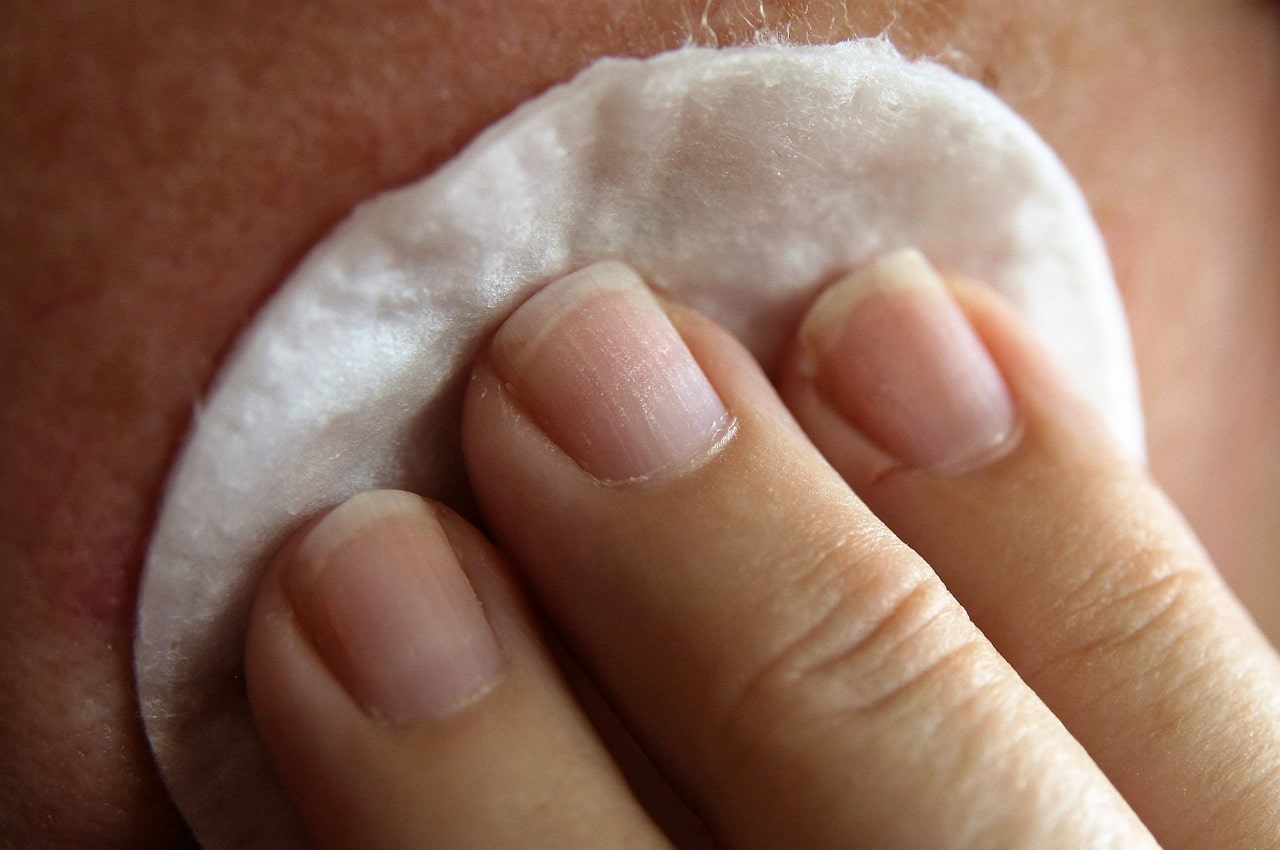
Massage a generous amount of the cleanser or micellar water onto your face, ensuring that you cover all the areas where you applied sunscreen.
This helps to dislodge the sunscreen and any other gunk that may have accumulated on your skin. Then, rinse your face with lukewarm water, ensuring that all the cleanser is washed away.
It’s time to unleash the power of double cleansing for those stubborn sunscreens that won’t budge. Repeat if needed. This second round of cleansing ensures that any remaining traces of sunscreen are thoroughly removed.
After all that cleansing, be kind to your skin and pat it dry with a clean, soft towel. Avoid rubbing, as it can irritate. Once your skin is dry, it’s time to continue with your regular skincare routine. Apply a hydrating toner, moisturizer, and other products to keep your skin healthy and glowing.
Common sunscreen removal mistakes
Harsh cleansers and vigorous scrubbing can strip away the skin’s natural moisture barrier and leave it feeling irritated and dry. Remember, we want to remove the sunscreen, not damage our precious skin. Your skin will thank you for the TLC.
Ah, those hard-to-reach areas and delicate skin are sometimes easy to overlook. These areas need some attention too. When removing sunscreen, be mindful of places like the ears, hairline, neck, and delicate skin around the eyes.
Take your time and ensure that these areas are adequately cleansed, just like the rest of your face. Gentle, thorough cleansing in all the nooks and crannies is the way to go.
Last, remember the importance of following up with appropriate skincare after removing that sunscreen. Think of it as the cherry on top of a well-executed sunscreen removal routine.
After cleansing, it’s essential to replenish your skin with hydration and nourishment. Take advantage of this step, as it helps to restore and maintain the skin’s natural balance.
Are water resistance claims reliable?
Let’s dive into the world of water resistance claims on sunscreen labels. You may have noticed those numbers and terms like “water-resistant” or “waterproof” on your sunscreen bottles. But what do they mean?
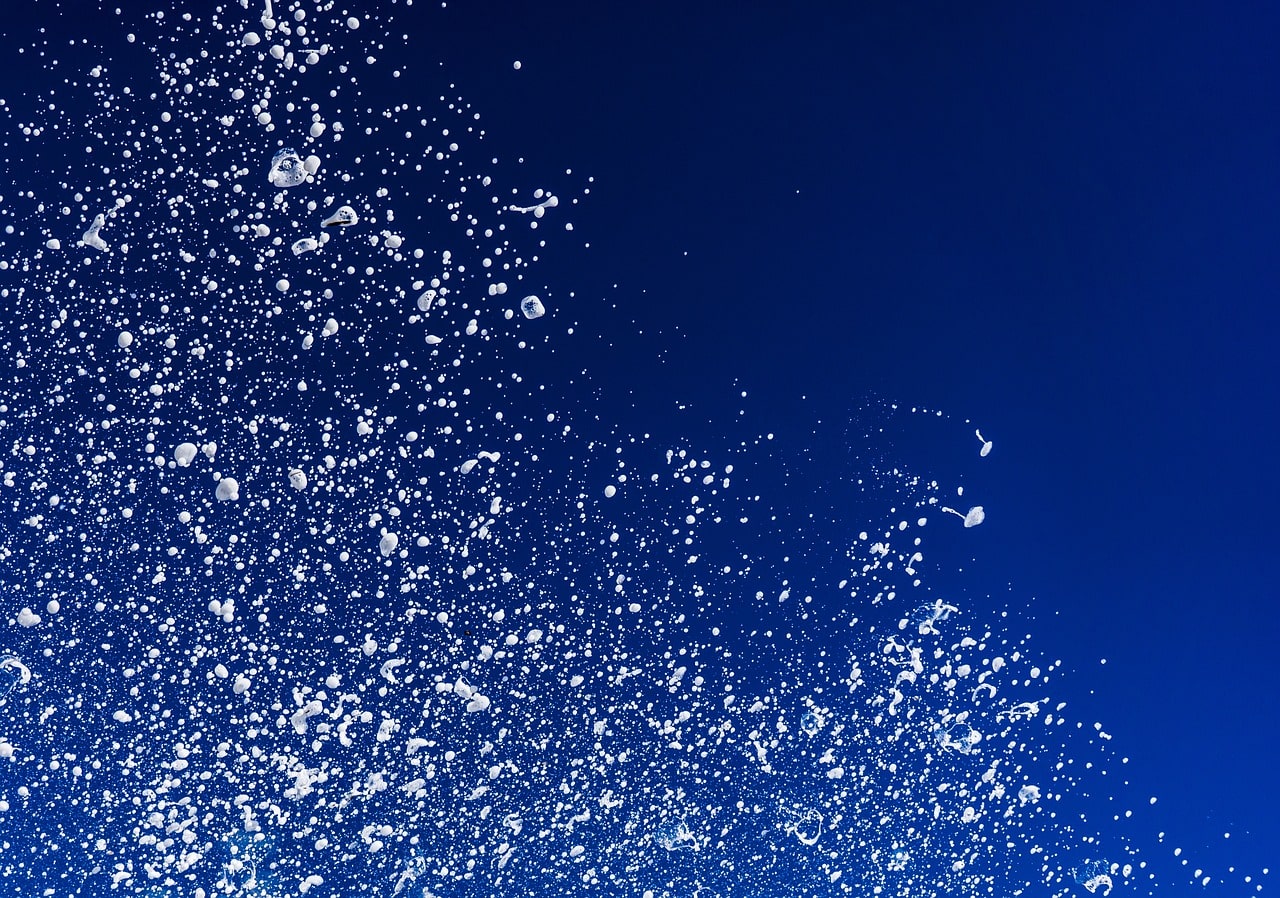
Those ratings indicate the sunscreen’s ability to remain effective in water. Typically, you’ll see numbers like 40 or 80 minutes, indicating the time the sunscreen can withstand water exposure before you need to reapply.
So, if you plan to dip, check the label and choose a sunscreen with an appropriate water resistance rating.
Now, let’s clear up the difference between “water-resistant” and “waterproof” claims. It’s a game of semantics but an important one nonetheless. Water-resistant sunscreens can withstand water exposure for the specified time on the label (e.g., 40 minutes) before losing their effectiveness.
On the other hand, “waterproof” claims are no longer allowed on sunscreen labels because no sunscreen is truly waterproof. So, remember that even water-resistant sunscreens must be reapplied after the designated time to ensure continuous protection.
Final thoughts
We have journeyed through the realm of sunscreen removal, dispelling the myth that water alone can wash away the protective shield. Armed with the knowledge that water is not enough, we have explored the importance of proper sunscreen removal for the health and vitality of our skin.
Remember to adopt effective techniques like using oil-based cleansers, gentle massaging, and following up with a nourishing skincare routine. By embracing these practices, we ensure our skin is free from residue, allowing it to breathe and thrive.
So, bid farewell to the notion that water is sufficient, and let us embark on a path of mindful skincare, protecting and cherishing our skin for years to come.
Thank you for reading!
Valeria

